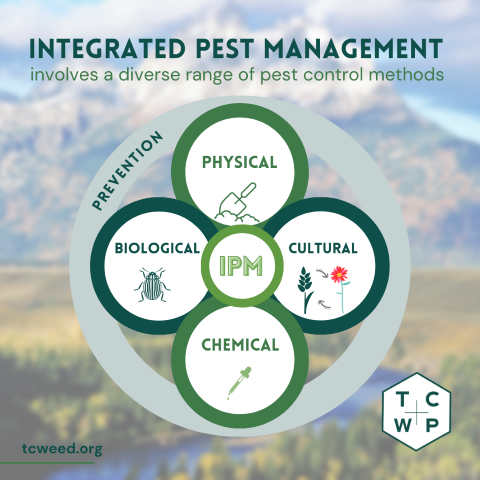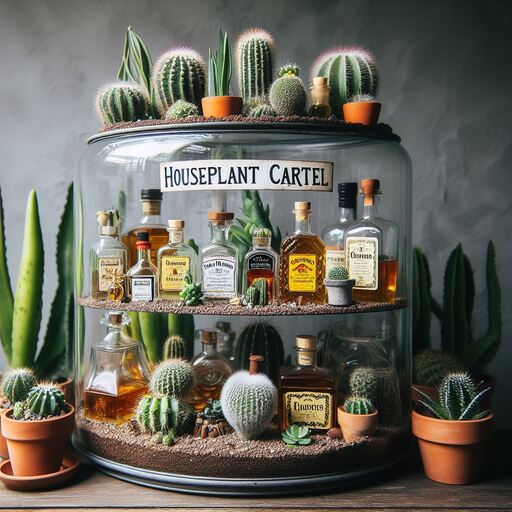
Easy IPM Practices
Share
Controlling Aphids on Indoor Houseplants: Easy IPM Practices
Aphids are a common pest for houseplants, but controlling them can be straightforward with Integrated Pest Management (IPM) practices. Here’s a guide to managing aphids indoors, using information from university botanical departments and product recommendations like Azasol.
**1. Identifying Aphids**
Aphids are small, soft-bodied insects that can be green, black, brown, or red. They often cluster on the undersides of leaves and on new growth, feeding on plant sap and causing yellowing, wilting, and stunted growth.
**2. Prevention Strategies**
- **Inspect New Plants:** Before bringing new plants indoors, inspect them for aphids or other pests.
- **Quarantine:** Isolate new plants for a few weeks to ensure they are pest-free.
- **Cleanliness:** Keep your growing area clean by removing dead leaves and debris which can harbor pests.
**3. Non-Chemical Control Methods**
- **Water Spray:** A strong stream of water can dislodge aphids from plants. Repeat this process every few days until aphids are under control.
- **Manual Removal:** For small infestations, you can remove aphids by hand or with a cotton swab dipped in soapy water or isopropyl alcohol. (Avoid rubbing alcohol, which contains heavy metals and other contaminates)
- **Neem Oil:** Neem oil disrupts the life cycle of aphids and other pests. Mix according to label instructions and spray on affected plants.
**4. Biological Controls**
- **Ladybugs and Lacewings:** These natural predators can be introduced indoors to control aphid populations, though they are more commonly used in outdoor settings.
- **Parasitic Wasps:** These tiny wasps lay eggs inside aphids, which helps reduce aphid populations.
**5. Chemical Controls**
- **Insecticidal Soap:** Safe for use indoors, insecticidal soap can be sprayed on plants to kill aphids. Ensure thorough coverage of all plant surfaces.
- **Azasol:** A botanical insecticide derived from neem, Azasol is effective against aphids. Follow the manufacturer's instructions for safe indoor use.
**6. Regular Monitoring**
- **Check Plants Weekly:** Regularly inspect your plants for signs of aphids or other pests. Early detection makes control easier.
- **Sticky Traps:** Place yellow sticky traps near plants to monitor for aphids and other flying insects.
**Conclusion**
Managing aphids on indoor houseplants requires a combination of prevention, non-chemical and chemical controls, and regular monitoring. By adopting these IPM practices, you can maintain healthy and pest-free indoor plants. For more detailed information, consider resources from university botanical departments and trusted product manufacturers like Azasol.
For additional guidance, consult the [University of California Agriculture and Natural Resources IPM](http://ipm.ucanr.edu) or the [Clemson Cooperative Extension Home & Garden Information Center](https://hgic.clemson.edu).
By following these steps, homeowners can effectively manage aphid infestations and keep their indoor plants healthy and thriving.
Aphids are a common pest for houseplants, but controlling them can be straightforward with Integrated Pest Management (IPM) practices. Here’s a guide to managing aphids indoors, using information from university botanical departments and product recommendations like Azasol.
**1. Identifying Aphids**
Aphids are small, soft-bodied insects that can be green, black, brown, or red. They often cluster on the undersides of leaves and on new growth, feeding on plant sap and causing yellowing, wilting, and stunted growth.
**2. Prevention Strategies**
- **Inspect New Plants:** Before bringing new plants indoors, inspect them for aphids or other pests.
- **Quarantine:** Isolate new plants for a few weeks to ensure they are pest-free.
- **Cleanliness:** Keep your growing area clean by removing dead leaves and debris which can harbor pests.
**3. Non-Chemical Control Methods**
- **Water Spray:** A strong stream of water can dislodge aphids from plants. Repeat this process every few days until aphids are under control.
- **Manual Removal:** For small infestations, you can remove aphids by hand or with a cotton swab dipped in soapy water or isopropyl alcohol. (Avoid rubbing alcohol, which contains heavy metals and other contaminates)
- **Neem Oil:** Neem oil disrupts the life cycle of aphids and other pests. Mix according to label instructions and spray on affected plants.
**4. Biological Controls**
- **Ladybugs and Lacewings:** These natural predators can be introduced indoors to control aphid populations, though they are more commonly used in outdoor settings.
- **Parasitic Wasps:** These tiny wasps lay eggs inside aphids, which helps reduce aphid populations.
**5. Chemical Controls**
- **Insecticidal Soap:** Safe for use indoors, insecticidal soap can be sprayed on plants to kill aphids. Ensure thorough coverage of all plant surfaces.
- **Azasol:** A botanical insecticide derived from neem, Azasol is effective against aphids. Follow the manufacturer's instructions for safe indoor use.
**6. Regular Monitoring**
- **Check Plants Weekly:** Regularly inspect your plants for signs of aphids or other pests. Early detection makes control easier.
- **Sticky Traps:** Place yellow sticky traps near plants to monitor for aphids and other flying insects.
**Conclusion**
Managing aphids on indoor houseplants requires a combination of prevention, non-chemical and chemical controls, and regular monitoring. By adopting these IPM practices, you can maintain healthy and pest-free indoor plants. For more detailed information, consider resources from university botanical departments and trusted product manufacturers like Azasol.
For additional guidance, consult the [University of California Agriculture and Natural Resources IPM](http://ipm.ucanr.edu) or the [Clemson Cooperative Extension Home & Garden Information Center](https://hgic.clemson.edu).
By following these steps, homeowners can effectively manage aphid infestations and keep their indoor plants healthy and thriving.
